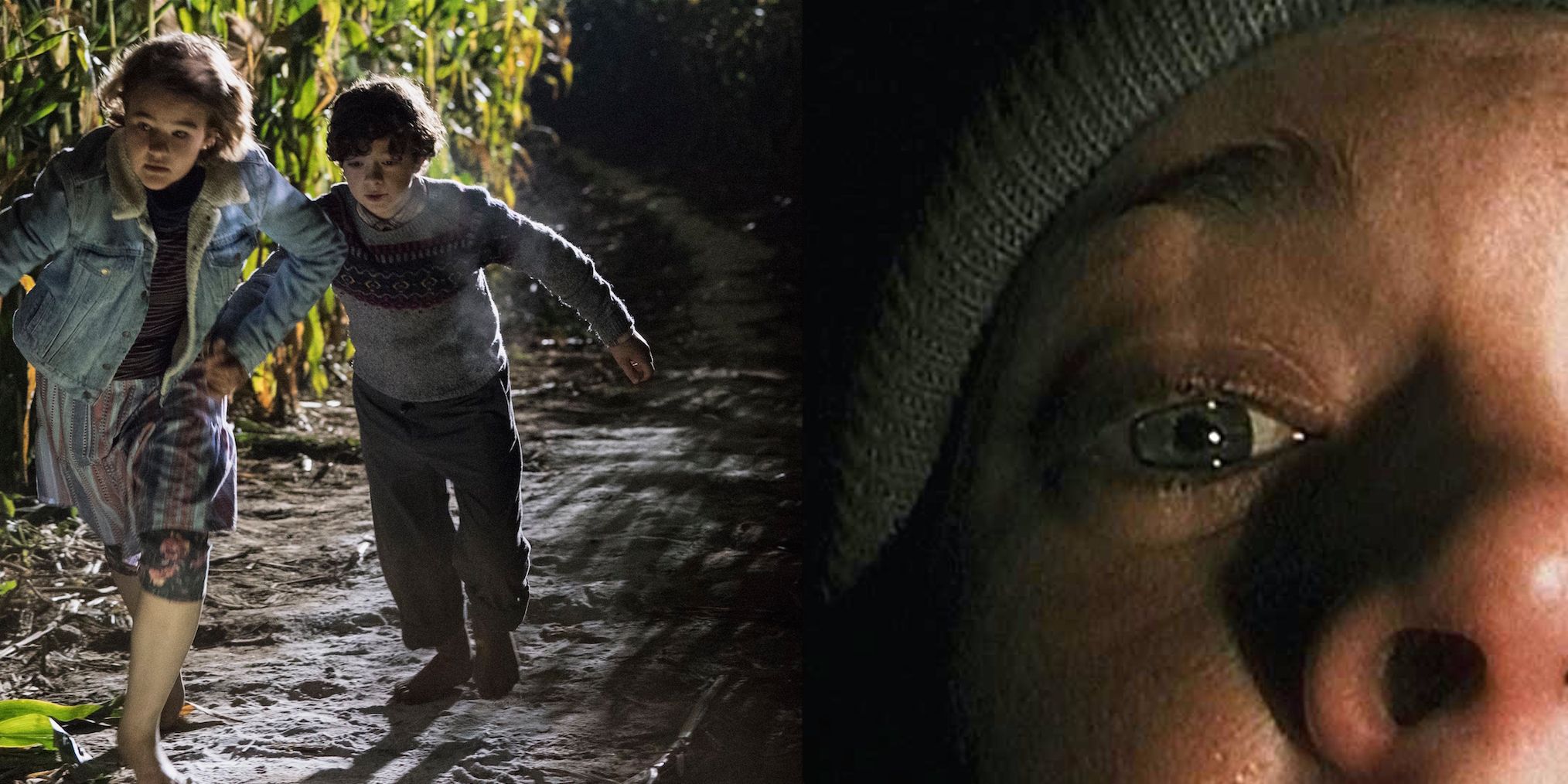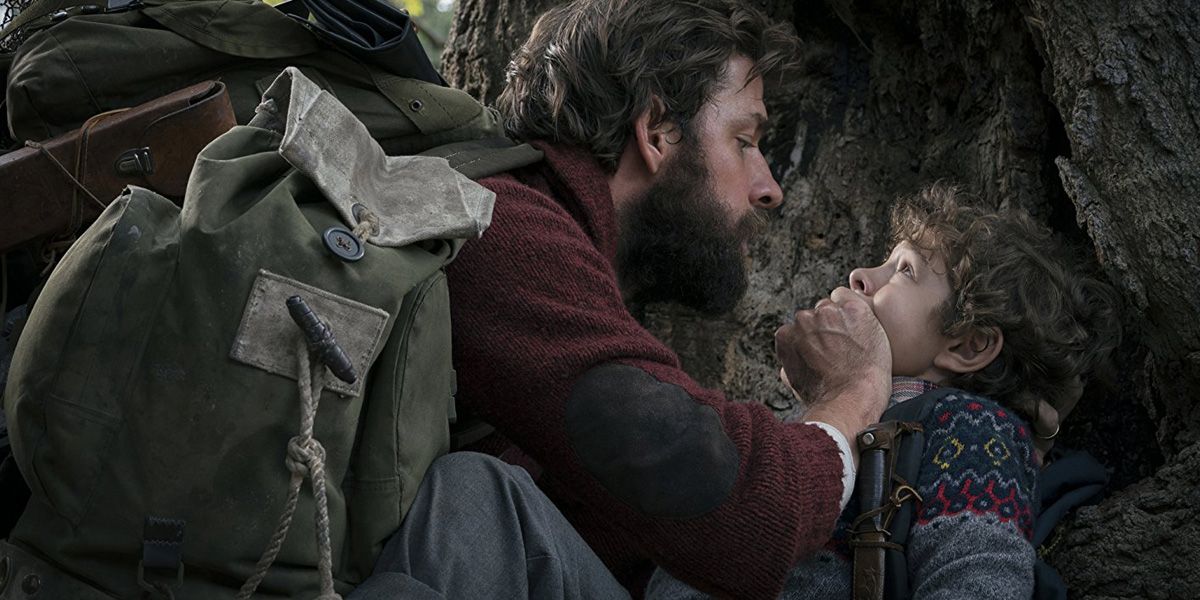WARNING: The following article contains spoilers for director John Krasinski’s A Quiet Place, in theaters now.
Critics and fans agree that A Quiet Place is the breath of fresh air horror needs. Pulling triple duty as director, co-writer and star, John Krasinski (The Hollars) has received the bulk of the praise for the apocalyptic thriller, in which the protagonists' need to remain silent elicits the same behavior from the audience and alters the movie-going experience.
Not since The Blair Witch Project has a film found such an effective way to keep viewers on the edge of their seats. With their 1999 supernatural horror movie, directors Daniel Myrick and Eduardo Sánchez popularized the found-footage technique, transforming it into a virtual subgenre.
RELATED: A Quiet Place Isn’t a Cloverfield Movie, But It Could Be
One of the most commercially successful independent films of all time, The Blair Witch Project presented "recovered footage" from a planned documentary by three student filmmakers who disappeared in 1994 while venturing into the Black Hills near Burkittsville, Maryland, to chronicle the local legend of the Blair Witch. The purposefully amateur camera work permits audiences to more easily buy into the idea that they're watching real, "discovered" footage. When the characters hyperventilate, or run or fall, it affects what the audience sees. For example, one of the students points the camera in the direction from which a scream is heard, and begins running toward it. However, once they get there, the camera drops to the ground, and we can't tell what has actually transpired. It reaffirmed that an unseen threat can be more terrifying than one depicted onscreen.
Many films that followed improved upon the concept, or introduced a new element that complemented the documentary-style approach. The Paranormal Activity franchise that launched in 2007 has been the most successful, but others -- Cloverfield, V/H/S and the sci-fi thriller Chronicle -- have certainly found an audience.
In much the same way as grainy footage and jerky filming can make audiences feel as if they are experiencing the action -- and the terror -- with the characters, the implied need for silence in A Quiet Place also draws in the viewers. The film is set in a near-future in which otherworldly predators have driven humanity to the brink of extinction. The twist is that these creatures are blind, and must hunt their prey using ultra-sensitive hearing, leading the last remnants of humanity to live in near-silence to avoid becoming food. Going barefoot and only whispering when absolutely necessary is critical to evading the monsters.
RELATED: A Quiet Place Ends With An Ear Toward A Sequel
That quiet existence is accentuated for the audience by the near-absence of a musical score. Occasionally, we even experience the action from the perspective of a deaf girl; in those moments, A Quiet Place goes absolutely silent. Without even realizing it, the audience feels the need to remain silent, because there's no sound to cover the munching of popcorn, the slurping or soda or the whispered requests to explain what just happened. The theater is so hushed that when there is a loud noise, viewers jump from their seats in unison -- no matter whether it's one of the stalking creatures, or a snapping twig.
It's difficult to predict whether A Quiet Place will inspire emulators on the same scale as The Blair Witch Project, but it’s clear Krasinski and his collaborators are onto something. While a film with minimal dialogue and score seems best suited to horror, we could see the formula working across multiple genres.
In theaters nationwide, A Quiet Place is co-written and directed John Krasinski, who stars alongside Emily Blunt, Noah Jupe, Millicent Simmonds and Cade Woodward.
KEEP READING: A Quiet Place Redefines the Jump Scare


